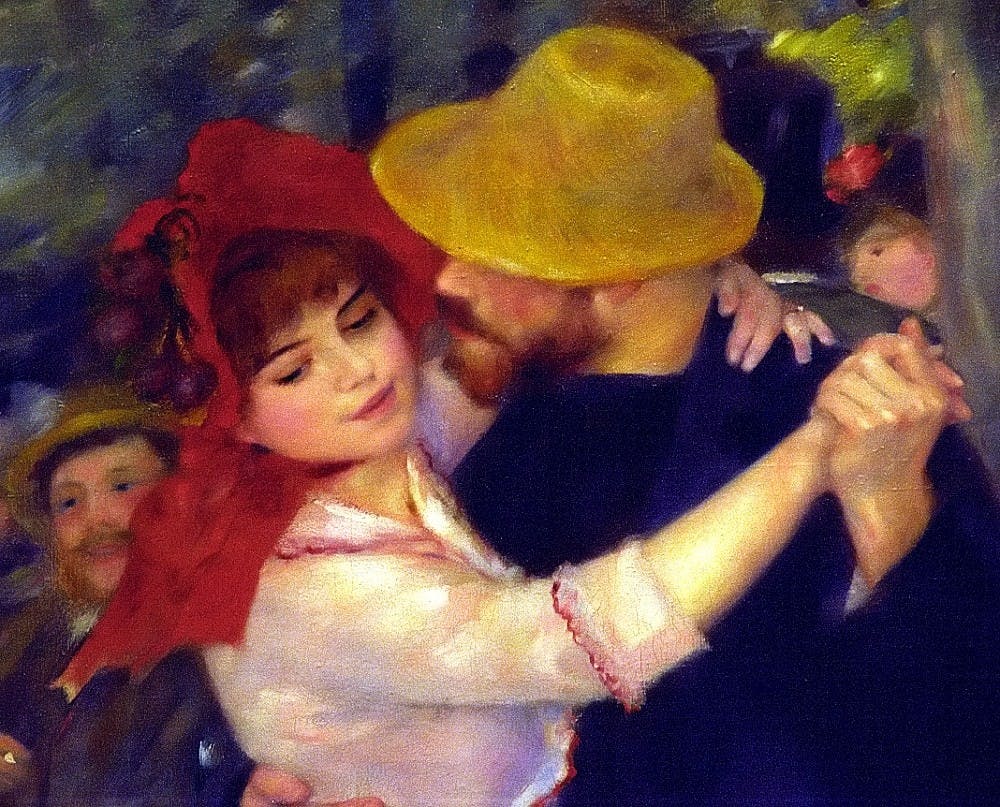If a critic of the 19th century were to attend what is currently the Philadelphia Art Museum’s main exhibition, he might squint at the smudged, smeared, blotched canvases and describe it as “worth seeing for the same reason one would go see an exhibition of pictures painted by the inmates of a lunatic asylum.”
It's impossible to appreciate “Discovering the Impressionists: Paul Durand-Ruel and the New Painting,” without acknowleging that the term “impressionist” was, in its day, equivalent to our mocking term “artsy-fartsy.” And yet the work it describes is today considered some of the most priceless art in Western culture.
Because Durand-Ruel—the original proponent of the movement, and of whose personal collection the exhibition is comprised—recognized the value of impressionism, the show includes some of its more primitive work. Much of the exhibition depicts subject matter not typically associated with the movement. No water-lilies here. And surprisingly few ballet dancers, overdressed seaside-goers and waltzes between blushing maidens and eligible bachelors.
The different rooms of the show are organized by the exhibitions in which the paintings in them originally debuted. Renoir’s ballerina turns over her shoulder absentmindedly as you pass through the entrance. Pissarro’s river glints with unorthodox yet placated colors as it flows through the frame, while, in the next room, Monet’s poplar trees sway in the breeze. Degas’ acrobat Miss La La is ready to leap across the ceiling of the Cirque Fernando for the grand finale as you near the gift shop.
This chronological arrangement allows the viewer to experience the controversial movement just as it unfolded but with the eyes of contemporary critics. But it also opens the eyes of the viewer to 19th century society through the impressionists, who watched as railroads blended the urban with the rural, Montmarte emanated the bohemian movement, and impressionism slowly gathered momentum.
As you exit the museum, it's difficult not to squint in the September sunlight and wonder whether your own eyes, like those of Durand-Ruel and his beloved impressionists, will remain open when confronted with the often overlooked beauty and brilliance of contemporary art and the life it imitates.







